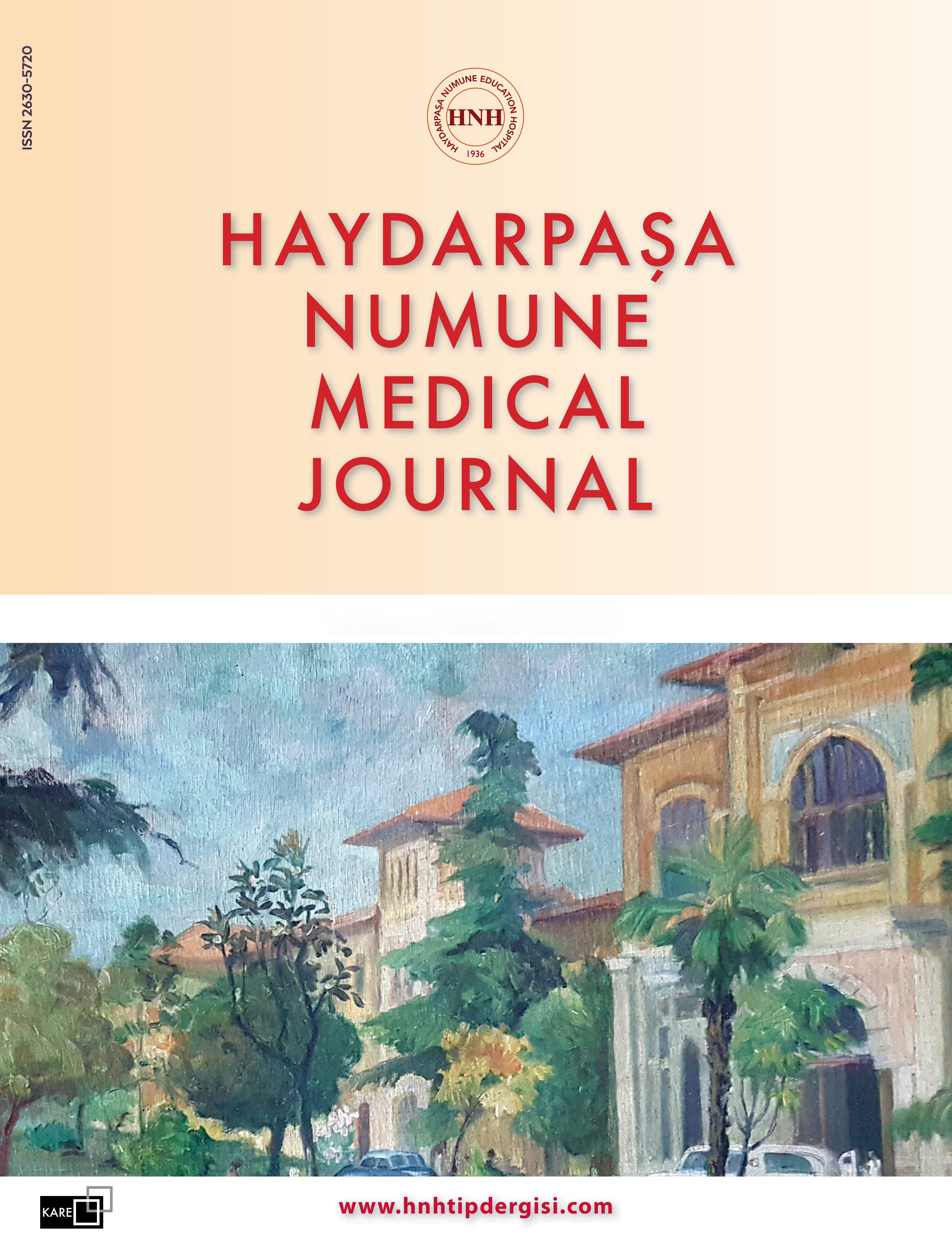Role of Apparent Diffusion Coefficient Value to Predict Locoregional Invasion and Systemic Metastasis in Cervical Cancer
Ezel Yaltırık Bilgin1, Nazan Çiledağ1, Koray Aslan21Department of Radiology, Dr. Abdurrahman Yurtaslan Ankara Oncology Training and Research Hospital, Ankara, Türkiye2Department of Gynecologic Oncology, Dr. Abdurrahman Yurtaslan Ankara Oncology Training and Research Hospital, Ankara, Türkiye
INTRODUCTION: We questioned the relationship between apparent diffusion coefficient (ADC) values and the presence of locoregional invasion and systemic metastases in patients with cervical cancer. We aimed to evaluate the role of ADC values in predicting tumor cellularity and aggressiveness.
METHODS: Forty patients with histopathologically proven cervical cancer diagnosis who applied to our center between January 2018 and January 2022 were evaluated retrospectively and included in the study. ADC values were measured from the ADC maps created from the diffusion-weighted images of the patients. In addition, invasion of adjacent organs (bladderrectum) was evaluated with pelvic magnetic resonance examination (MRI) and distant organ metastases were evaluated, primarily by PET-CT and, if any, other scanning methods (brain MRI, bone scintigraphy) at the time of diagnosis.
RESULTS: The mean ADC value of patients with locoregional invasion was found to be 0.89×103 mm2/s, and the mean ADC value of patients without locoregional invasion was 0.96×103 mm2/s. Although the mean ADC value of the patients with locoregional invasion was lower than the patients who were not detected, this difference between the two groups was not statistically significant (p=0.466). The mean ADC value of patients with systemic metastasis was 0.73×103 mm2/s, and the mean ADC value of patients without systemic metastasis was 0.96×103 mm2/s. The mean ADC value of patients with sys-temic metastasis was found to be low, close to the statistical significance level (t=1.954, p=0.058). As a result of ROC analysis, the most appropriate cutoff limit for ADC value for systemic organ metastasis was found to be 0.93 (sensitivity=59% and specificity=83%).
DISCUSSION AND CONCLUSION: Systemic metastasis risk and poor prognosis can be predicted by diffusion-weighted imaging and ADC values.
Makale Dili: İngilizce
















